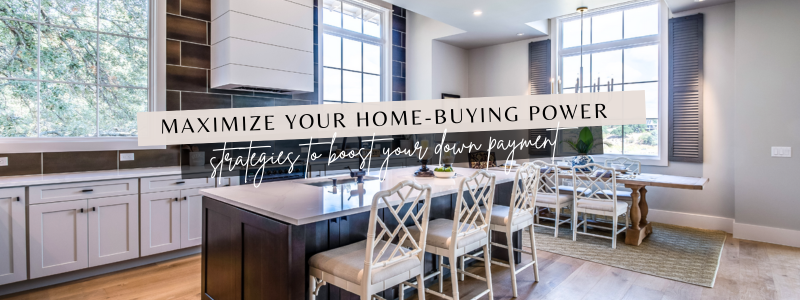In today’s digital age, the journey from listing to sale often begins on the screen. With potential buyers scouring online platforms for their dream home, it’s crucial for sellers to strategically enhance their home’s online presence. In this guide, we’ll explore actionable steps to elevate your property’s digital allure and ensure it stands out in the competitive online real estate market.
Captivating Photography
The first impression is everything, and in the realm of online real estate, it begins with stunning visuals. Learn the art of capturing your home’s best angles, utilizing natural light, and employing professional photography techniques to make your property pop on the screen.
Mastering Virtual Tours
Bring the homebuying experience directly to the buyer’s screen with engaging virtual tours. Discover the tools and techniques to create immersive and interactive virtual tours that allow potential buyers to explore every nook and cranny of your home without leaving their couch.
Crafting Compelling Descriptions
Words matter. Craft compelling and informative property descriptions that go beyond the basics. Highlight unique features, emphasize the lifestyle your home offers, and create a narrative that sparks the imagination of potential buyers.
Utilizing Social Media Platforms
Harness the power of social media to amplify your home’s reach. From Facebook to Instagram, learn how to create visually appealing posts, utilize targeted advertising, and engage with a broader audience to generate interest in your property.
Embracing Video Marketing
Video content is king, and incorporating it into your marketing strategy can significantly boost your home’s online presence. Explore different types of videos, from home tours to neighborhood highlights, and leverage video platforms to showcase the personality and charm of your property.
Optimizing Online Listings
Navigate the nuances of online listing platforms by optimizing your property’s listing. From choosing the right keywords to using high-quality images and filling out every detail, ensure that your listing captures attention and ranks high in search results.
My Final Thoughts
By investing time and effort into elevating your home’s online presence through captivating visuals, virtual experiences, compelling descriptions, social media engagement, and strategic optimization, you can ensure that your property shines brightly in the competitive online marketplace. Take these steps to turn virtual interest into real-life offers and transform your screen presence into a sold sign!


 Facebook
Facebook
 X
X
 Pinterest
Pinterest
 Copy Link
Copy Link











